Pasta all Norma, a dish from Sicily that is named in honour of the opera ‘Norma’, relies on a few good-quality components. As such, a homemade tomato sauce, cooked with care, will elevate it into a favourite summer supper. And although the sauce is made from scratch, it merely cooks as long as it takes for the aubergines to roast in the oven. I like to dice most of the aubergines, but keep some in semi-circles to use as a garnish on top of the pasta later on.
serves 4
Ingredients
-
2 large aubergines
-
6 garlic cloves
-
20g basil
-
1.5kg San Marzano tomatoes (or 2 tins plum tomatoes)
-
1 tsp dried oregano
-
1 tsp golden caster sugar
-
1 tsp chilli flakes
-
black pepper
-
500g spaghetti
Method
Preheat the oven to 220°C and line two baking trays with parchment paper.
Slice half a aubergine into 1cm thick semi-circles. Then cut the remaining aubergines into 3 cm chunks. Spread the semi circles and chunks over the two baking trays in a single layer and drizzle with a generous amount of olive oil and around 1/2 tsp salt. Roast the aubergines for 40 minutes or until they just begin to turn golden, switching the trays halfway through to ensure even roasting.
While the aubergines are in the oven, make the sauce. Peel and finely slice the garlic, pick the basil leaves and finely chop the stalks. Half the tomatoes and remove the stem, then roughly chop them. Add 2/3 of the chopped tomatoes to a food processor and blend until smooth. Heat some olive oil in a casserole dish, then add the garlic and chopped basil stalks and cook until the garlic smells aromatic and begins to golden lightly. Tip in the blended and chopped tomatoes, dried oregano, sugar, chilli flakes, a pinch of black pepper and 3/4 tsp salt. Let the tomatoes simmer, stirring occasionally, until they thicken into a thick sauce, around 30 minutes. This should take about the same time as it takes for the aubergine to finish roasting. While the sauce is cooking, bring a pan of water to a boil for the pasta.
When the aubergines have a couple of minutes left, cook the pasta one minute less than instructed on the packaging (reserve some of the cooking water). Once the pasta is almost ready, stir the aubergine chunks into the sauce and return the tray with the semi circles to the switched off oven to keep warm. As you stir the sauce, the aubergine chunks will begin to fall apart in the sauce, thickening it beautifully. Once ready, add the spaghetti to the casserole along with a splash of their cooking water and most of the basil leaves and finish cooking the pasta in the sauce until al dente.
Serve the pasta and top each plate with a couple of golden-roasted semi-circles of aubergine, a few more basil leaves, a dash of olive oil and an extra grind of black pepper.
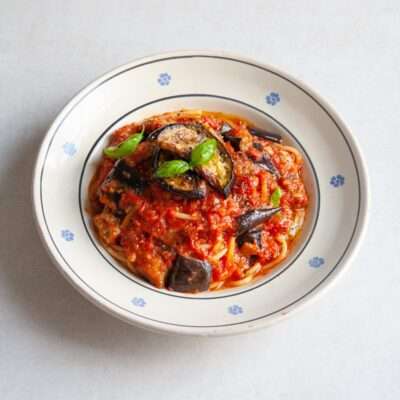
Pasta alla Norma
Ingredients
- 2 large aubergines
- 6 garlic cloves
- 20 g basil
- 1.5 kg San Marzano tomatoes (or 2 tins plum tomatoes)
- 1 tsp dried oregano
- 1 tsp golden caster sugar
- 1 tsp chilli flakes
- black pepper
- 500 g spaghetti
Instructions
- Preheat the oven to 220°C and line two baking trays with parchment paper.
- Slice half a aubergine into 1cm thick semi circles. Then cut the remaining aubergines into 3 cm chunks. Spread the semi circles and chunks over the two baking trays in a single layer and drizzle with a generous amount of olive oil and around 1/2 tsp salt. Roast the aubergines for 40 minutes or until they just begin to turn golden, switching the trays halfway through to ensure even roasting.
- While the aubergines are in the oven, make the sauce. Peel and finely slice the garlic, pick the basil leaves and finely chop the stalks. Half the tomatoes and remove the stem, then roughly chop them. Add 2/3 of the chopped tomatoes to a food processor and blend until smooth. Heat some olive oil in a casserole dish, then add the garlic and chopped basil stalks and cook until the garlic smells aromatic and begins to golden lightly. Tip in the blended and chopped tomatoes, dried oregano, sugar, chilli flakes, a pinch of black pepper and 3/4 tsp salt. Let the tomatoes simmer, stirring occasionally, until they thicken into a thick sauce, around 30 minutes. This should take about the same time as it takes for the aubergine to finish roasting. While the sauce is cooking, bring a pan of water to a boil for the pasta.
- When the aubergines have a couple of minutes left, cook the pasta one minute less than instructed on the packaging (reserve some of the cooking water). Once the pasta is almost ready, stir the aubergine chunks into the sauce and return the tray with the semi circles to the switched off oven to keep warm. As you stir the sauce, the aubergine chunks will begin to fall apart in the sauce, thickening it beautifully. Once ready, add the spaghetti to the casserole along with a splash of their cooking water and most of the basil leaves and finish cooking the pasta in the sauce until al dente.
- Serve the pasta and top each plate with a couple of golden-roasted semi-circles of aubergine, a few more basil leaves, a dash of olive oil and an extra grind of black pepper.

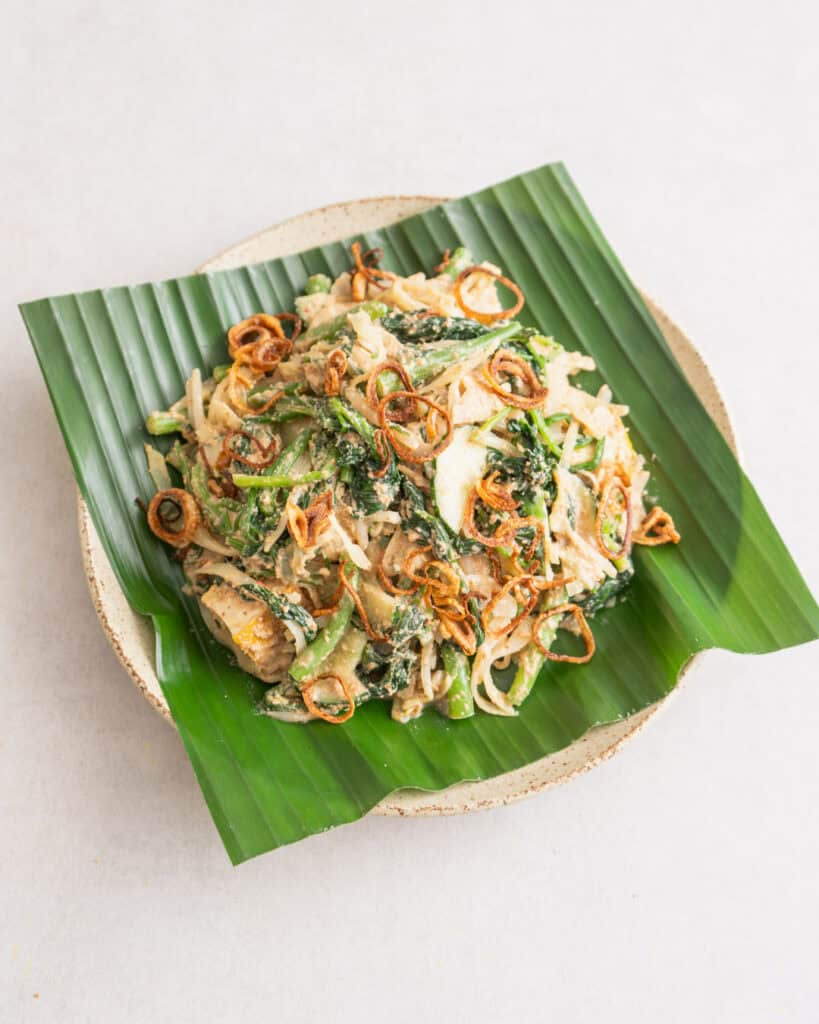

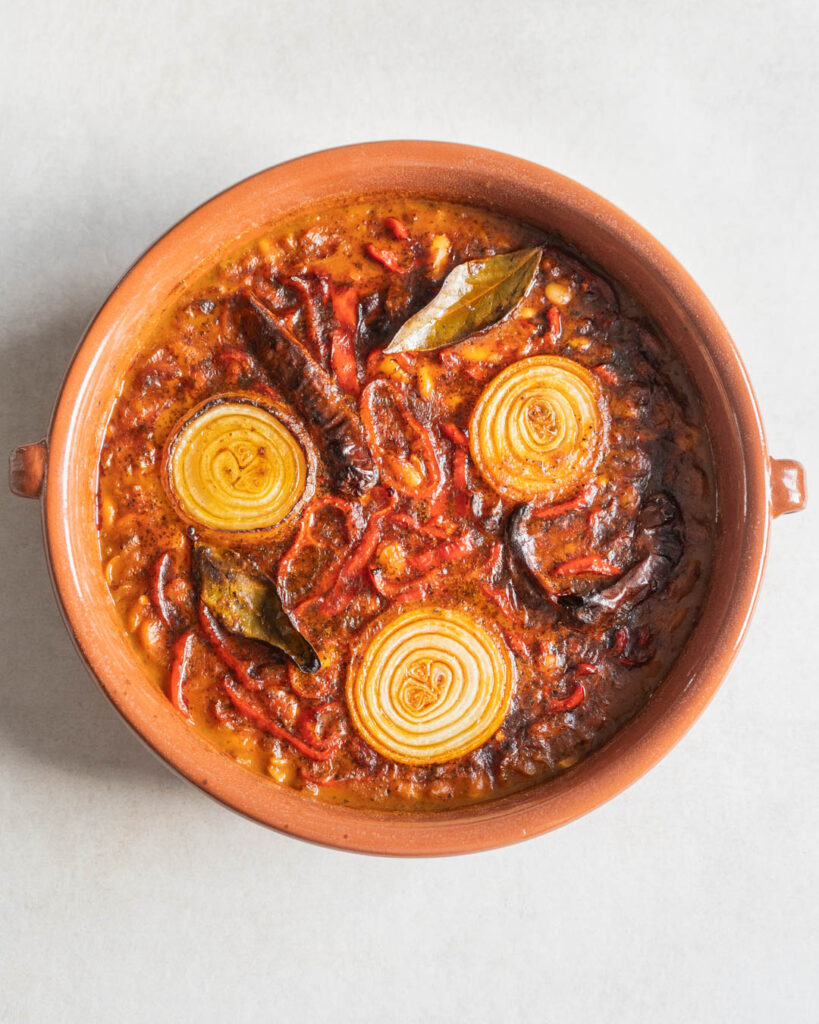


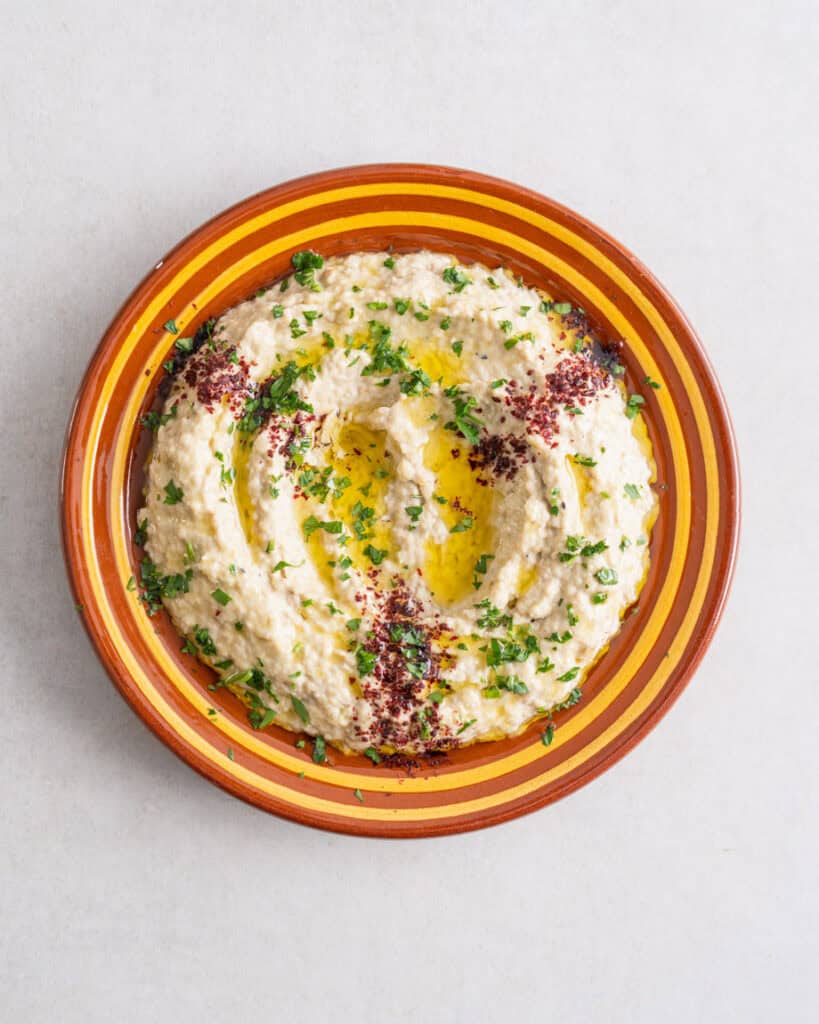

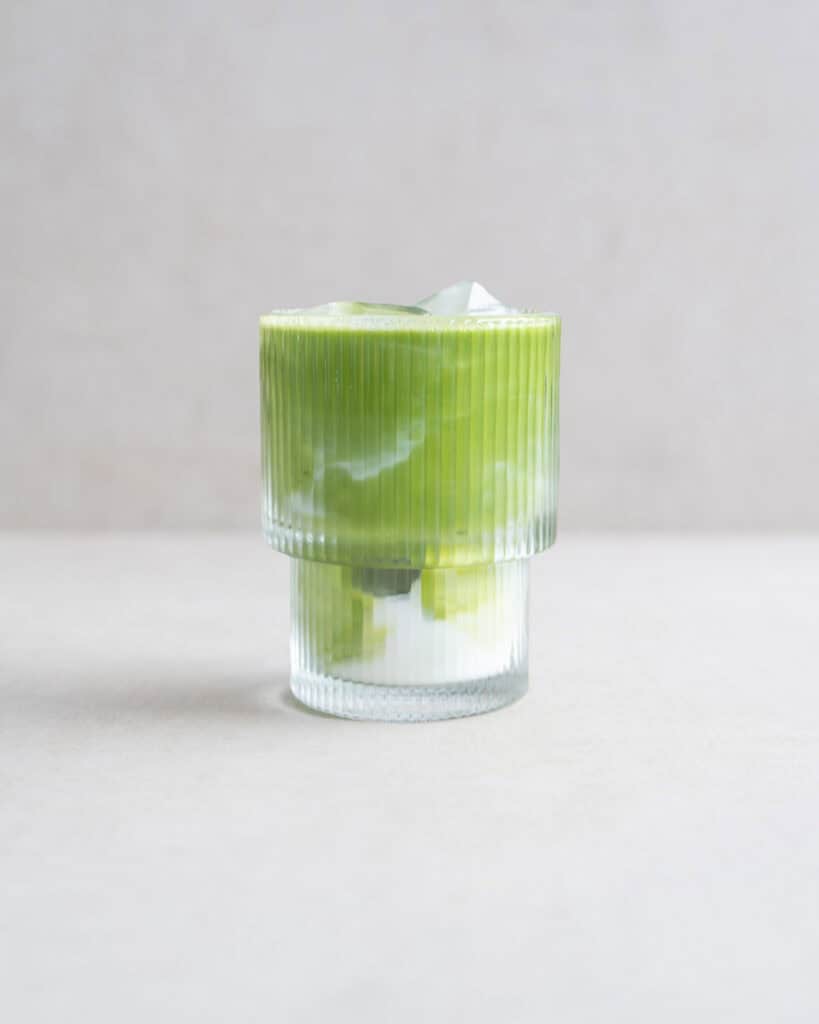

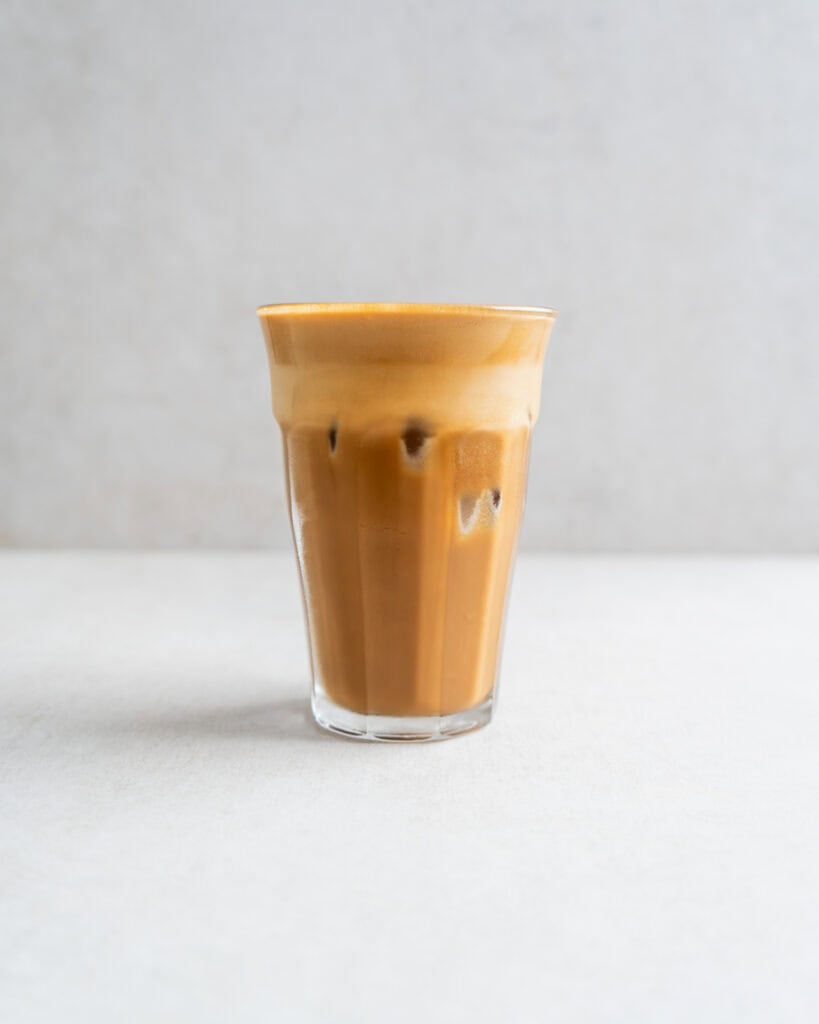

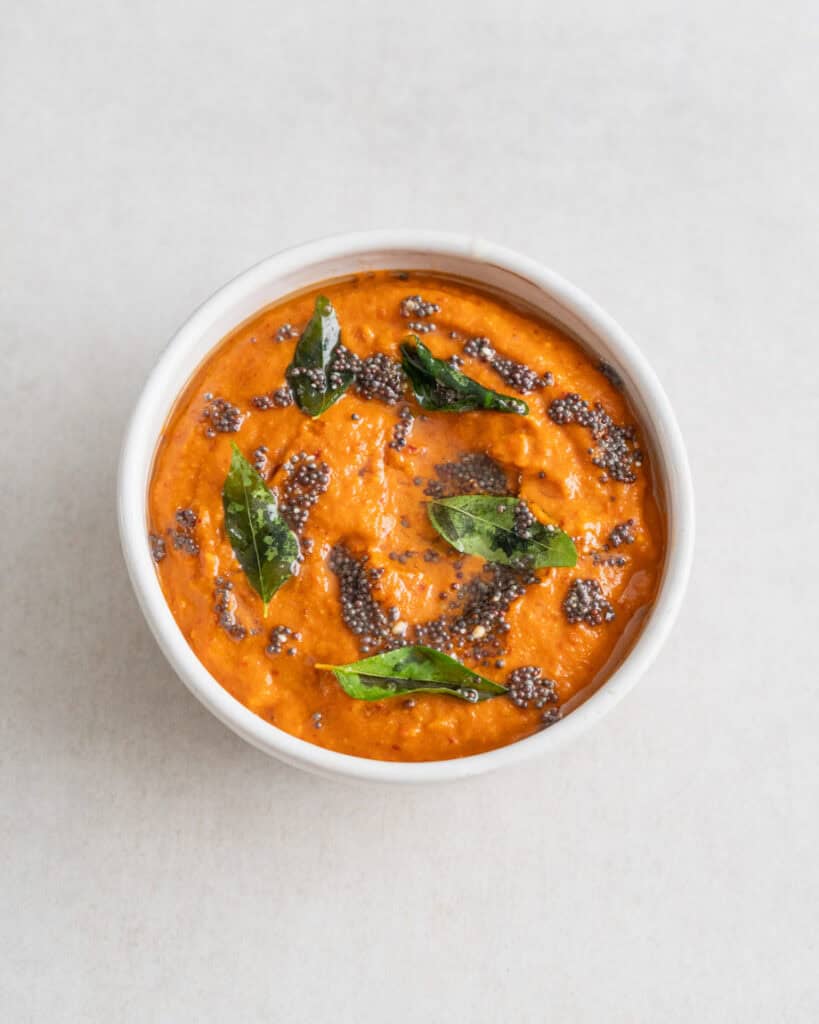
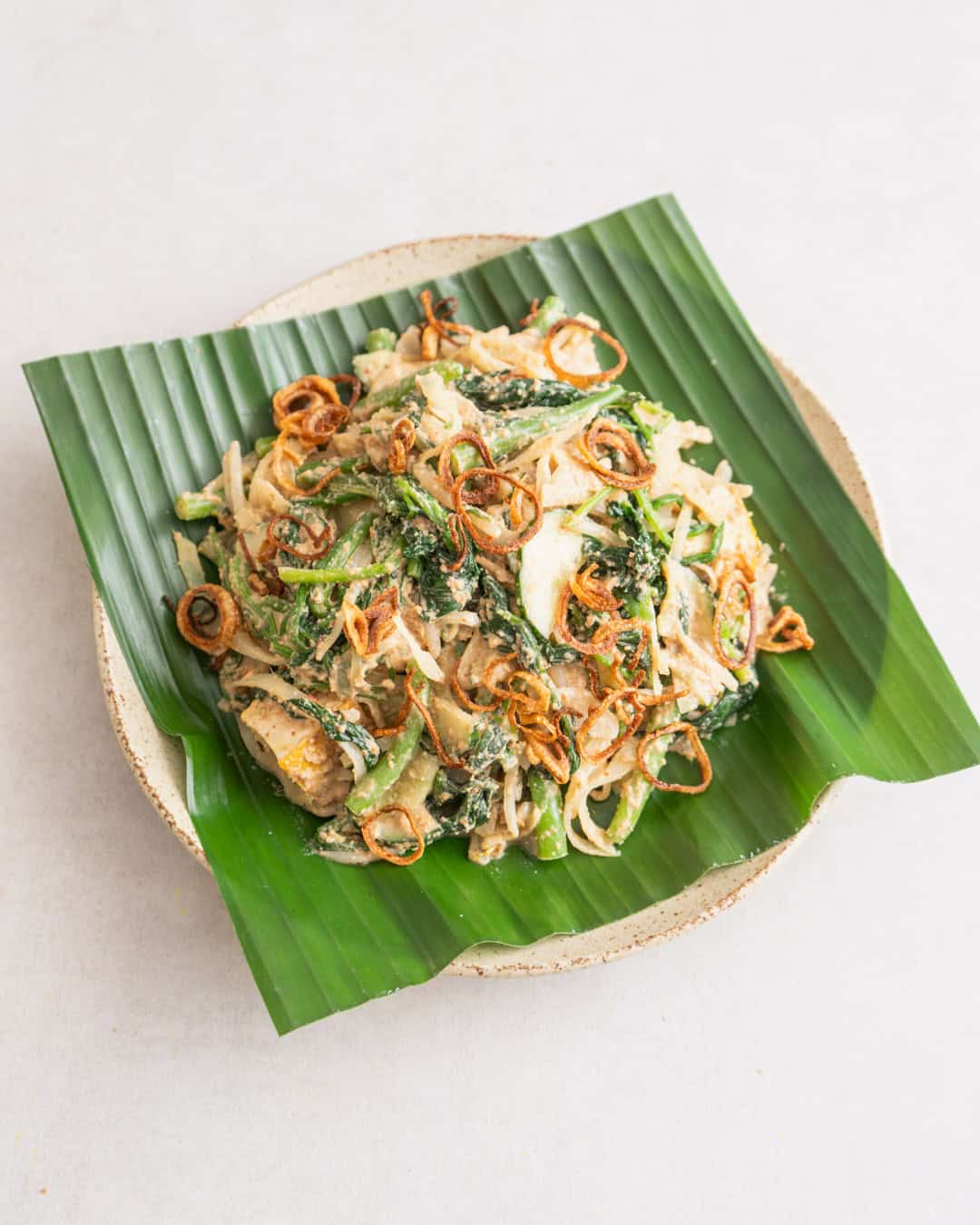

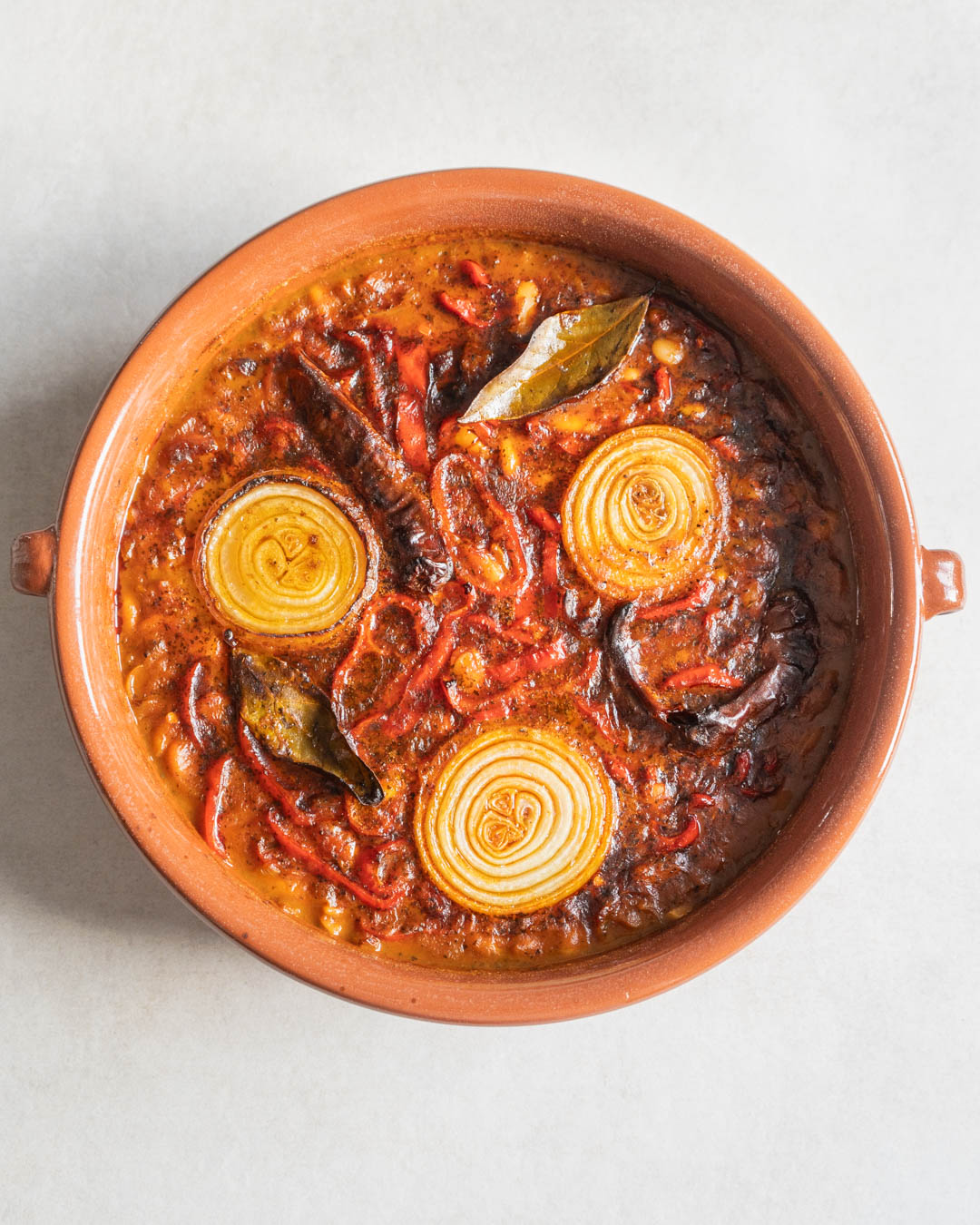



0 Comments